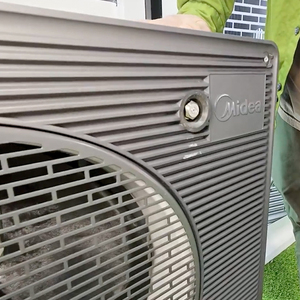Can anyone expand on the letter to the editor in April’s issue about not using AFCIs on three wire circuits. What is the reason for this? And what does one do if there is a three wire circuit that requires an AFCI on one of the circuits?
Discussion Forum
Discussion Forum
Up Next
Video Shorts
Featured Story

This 654-sq.-ft. ADU combines vaulted ceilings, reclaimed materials, and efficient design, offering a flexible guest suite and home office above a new garage.
Featured Video
How to Install Cable Rail Around Wood-Post CornersHighlights
Fine Homebuilding Magazine
- Home Group
- Antique Trader
- Arts & Crafts Homes
- Bank Note Reporter
- Cabin Life
- Cuisine at Home
- Fine Gardening
- Fine Woodworking
- Green Building Advisor
- Garden Gate
- Horticulture
- Keep Craft Alive
- Log Home Living
- Military Trader/Vehicles
- Numismatic News
- Numismaster
- Old Cars Weekly
- Old House Journal
- Period Homes
- Popular Woodworking
- Script
- ShopNotes
- Sports Collectors Digest
- Threads
- Timber Home Living
- Traditional Building
- Woodsmith
- World Coin News
- Writer's Digest


















Replies
The AFCI is an add-on to GFCI, it also trips on ground faults. The way ground faults are detected is by comparing the current in the hot and neutral of a two wire circuit. On a three wire circuit, the neutral carries only the difference current between the two hots, which the GFCI would immediately interpret as a fault, so it would trip all the time.
-- J.S.
Part of the action of the AFCI is a ground fault detector. It's purpose and specs are different than the GFCI, but it has similar design. It compare the current in the hot lead with that in the neutral. A difference indicates a problem and it trips.
With a multi wire circuit you have two hot feeding one neutral. So if there is any current flowing through the hot from the breaker other than the one that this AFCI is on it will be seen as a fault and trip.
If there is such a thing as a 240/120v AFCI you could use that. Otherwise you need to run anohter circuit.